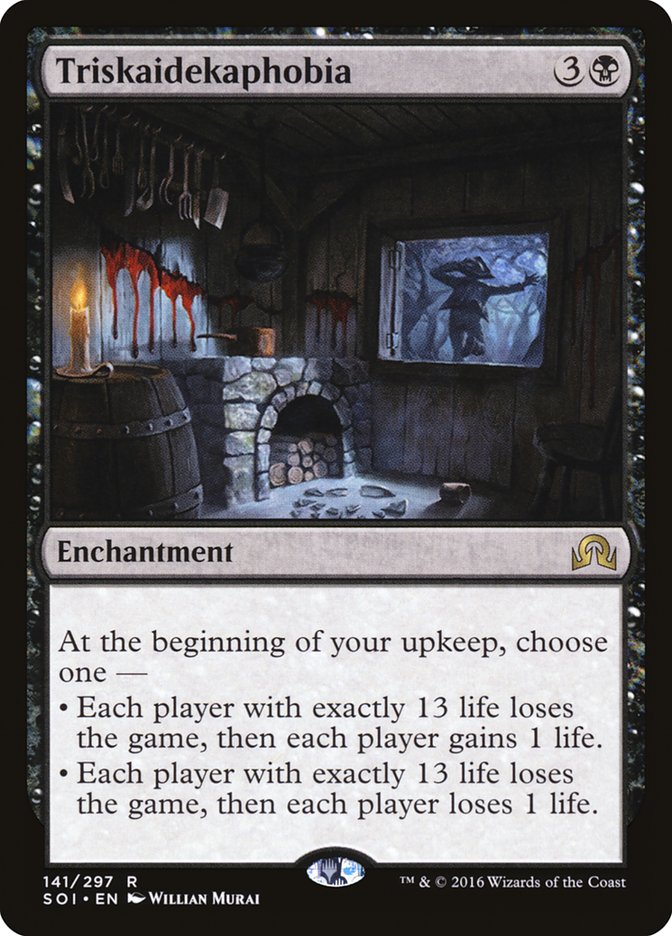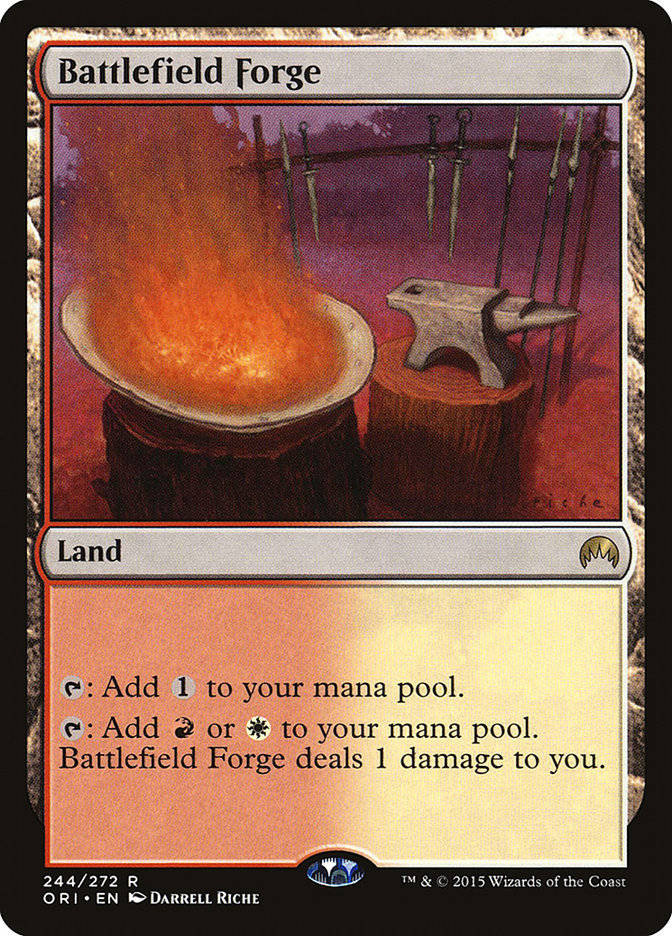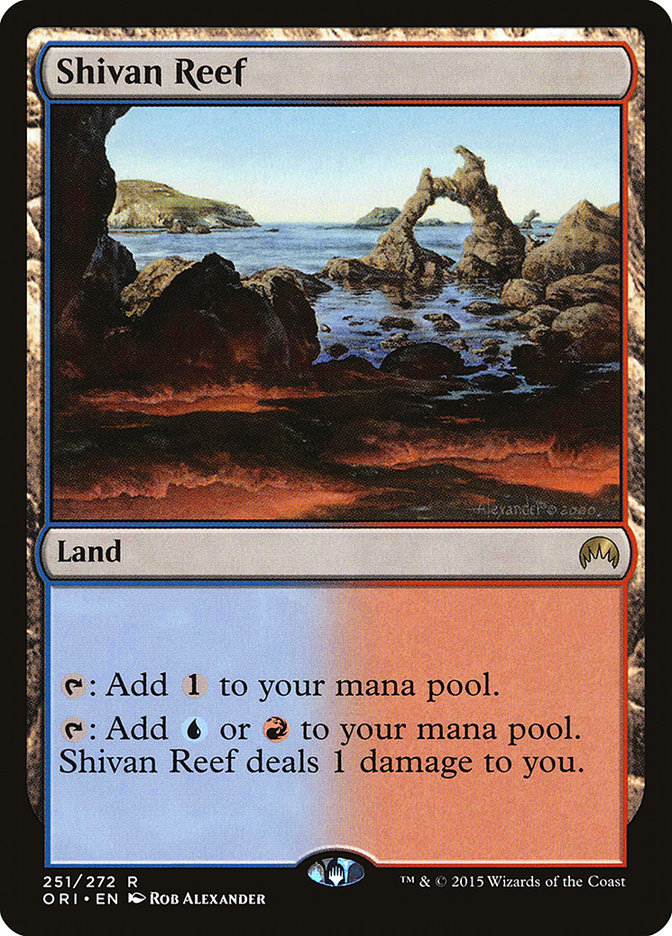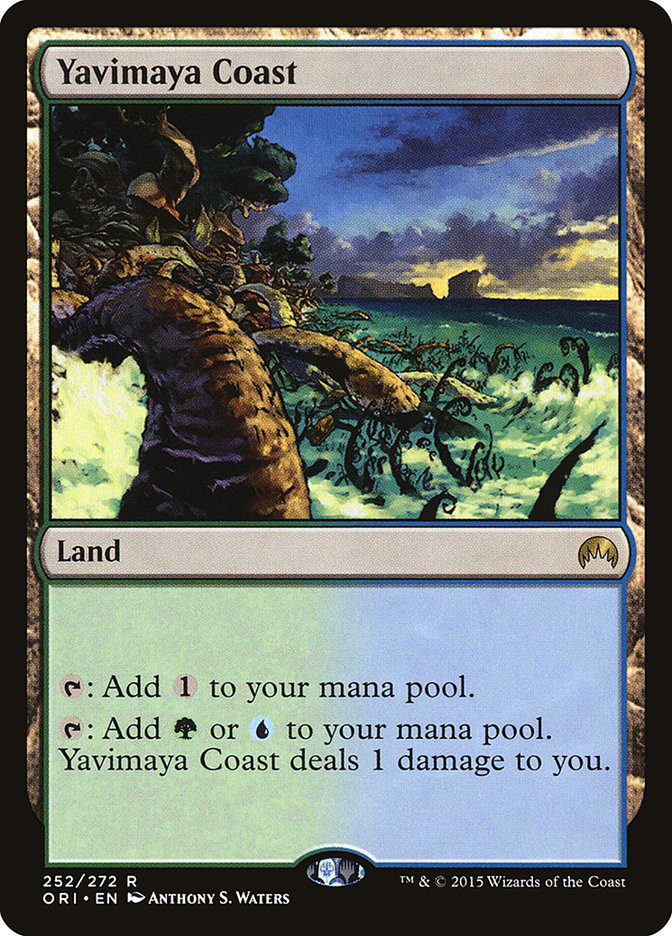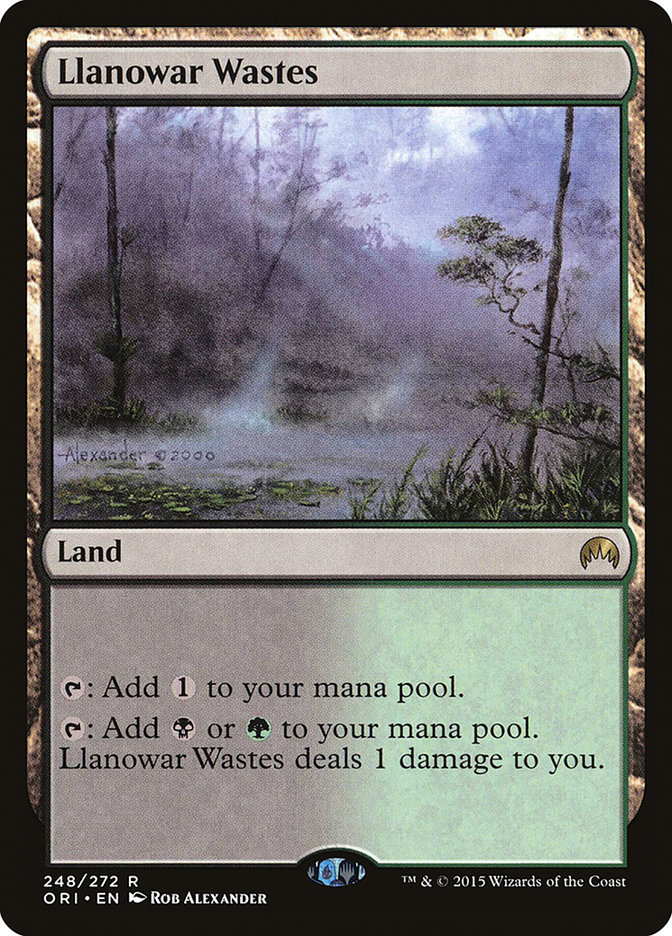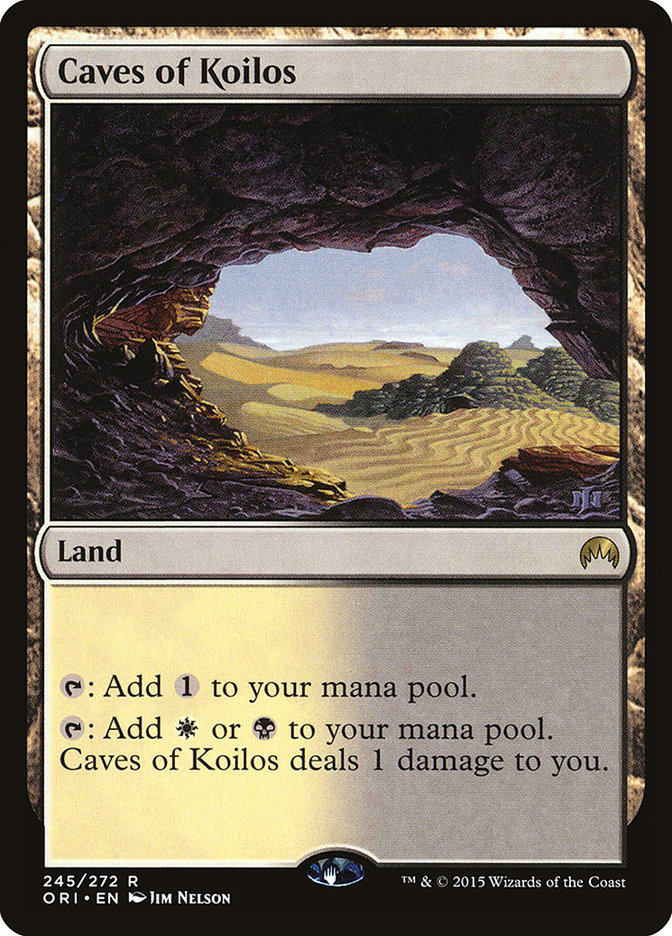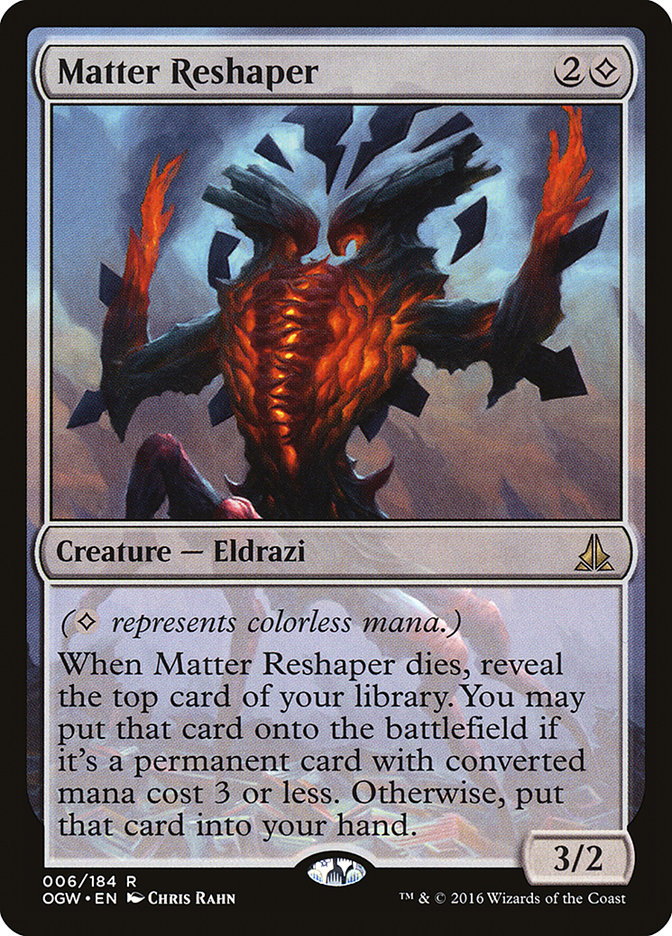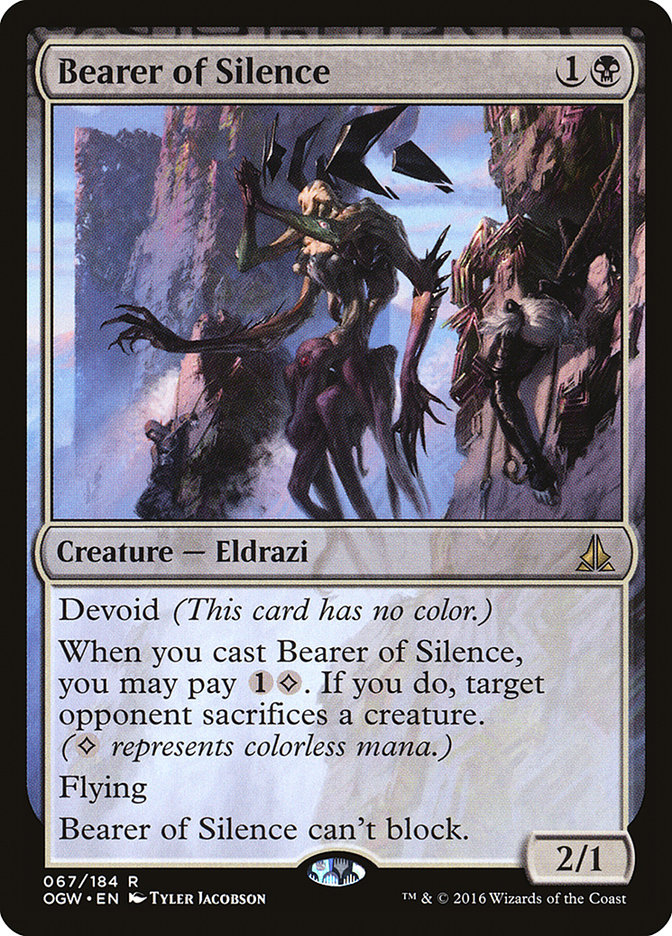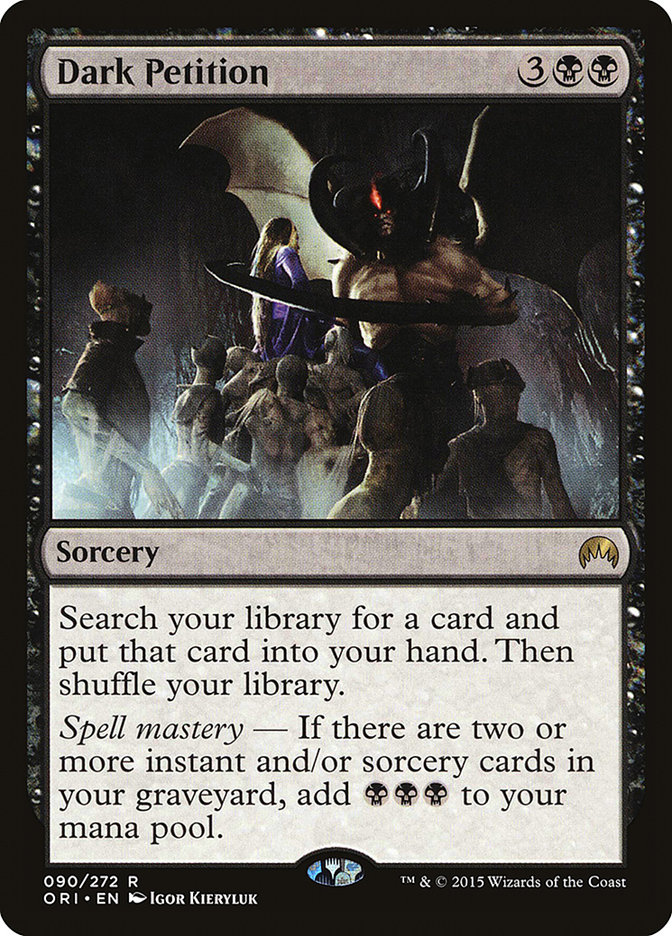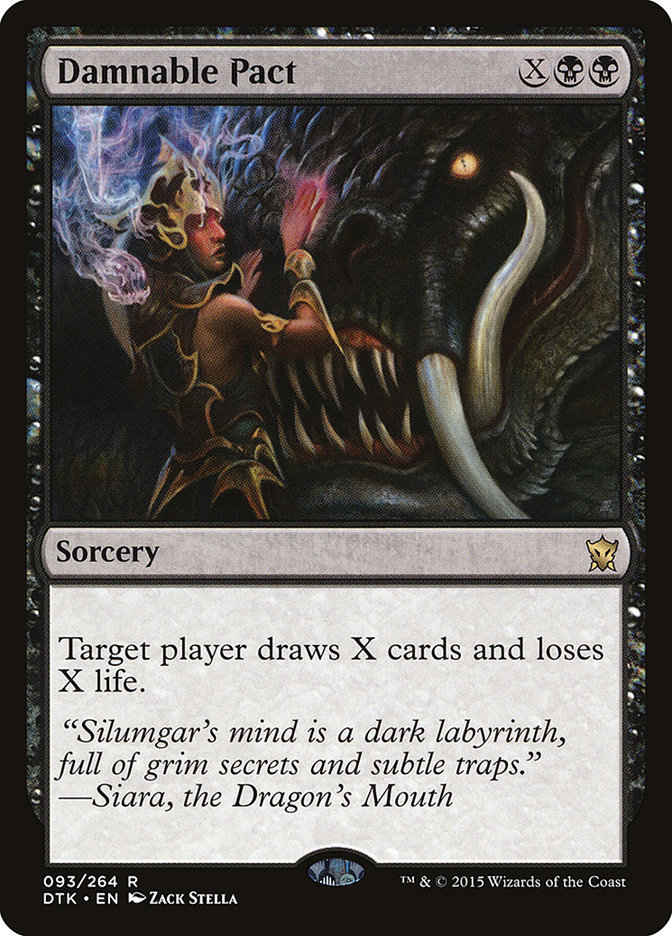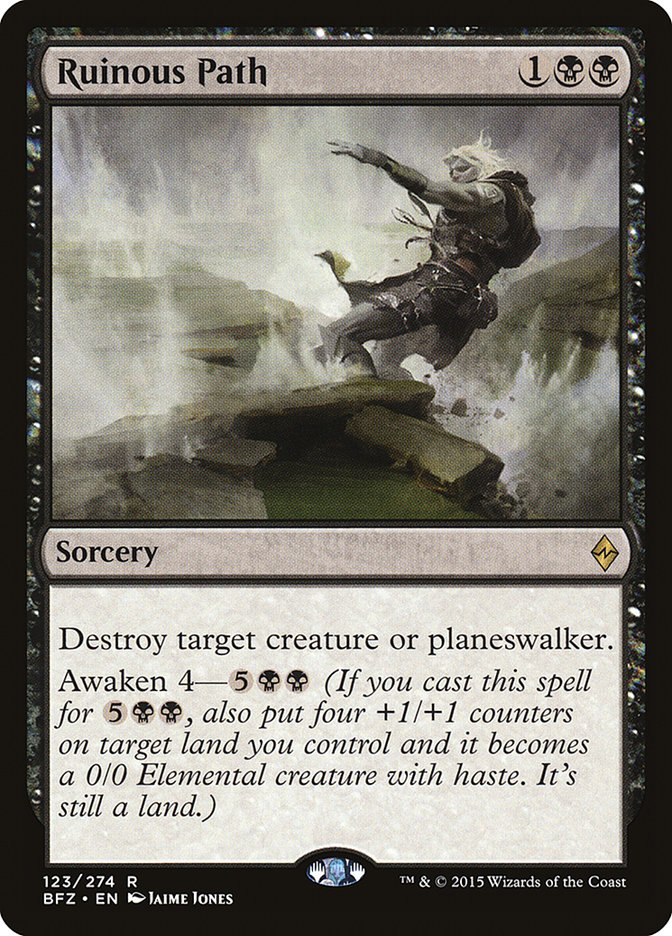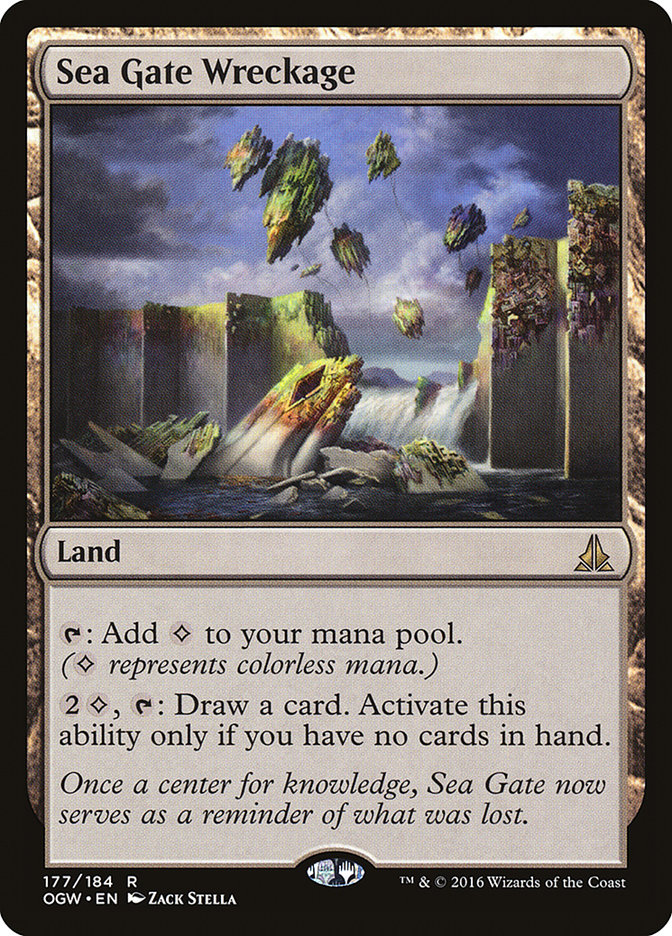For some reason, today’s a scary day for many people in Western culture. There are a ton of theories, but no one knows for sure why. Fear of the number “thirteen” seems rooted in some kind of ancient evil. Modern culture isn’t immune to such a bizarre phobia of this innocuous number, either. Despite building skyscrapers to incredible heights, many buildings still lack a 13th floor. In April 1970, the ill-fated Apollo 13 launched at 13:13 from Houston’s perspective.
Something about the 13th day of the month, specifically a Friday, terrifies us. Airline companies often correlate the ubiquity of “paraskevidekaphobia” with surprisingly few passenger bookings. Much like under a full moon, there are more injury traffic accidents, too. Maybe this phobia has become self-perpetuating thanks to a franchise synonymous with fear. However you feel about it, the fear of the number “thirteen” is everywhere. Today is a big day for thirteen, so get ready to get scared.
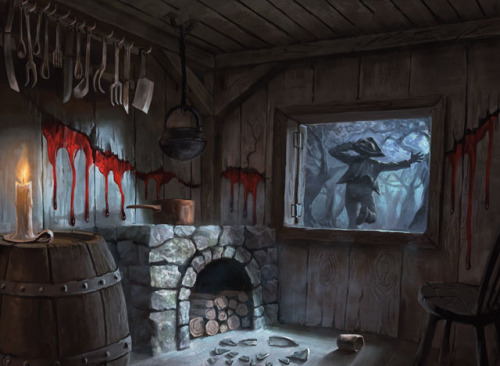
I’m curious what art direction William Murai got when he received this commission. [Copy Editor’s Note: Here you go; I found it quite the enjoyable read.] Regardless, he delivered in subtle ways as a tribute to this irrational fear. Look closely; thirteen tools hang from the ceiling, thirteen dripping trails of blood. Thirteen logs rest in the fireplace, thirteen rivets in the barrel’s metal hoops. Thirteen boards comprise the domicile’s ceiling, and that plate broke into thirteen pieces. If I’d lived there, I’d have freaked and crawled out that window, too. This card perfectly mirrors the spine-tingling fear that so many of us possess.
Triskaidekaphobia is an unusual card for brewing because there are myriad contributing factors. Yours and your opponent’s life totals change and are difficult to adjust on-demand. Theoretically, the decks built around Triskaidekaphobia should focus primarily on life total adjustment. This concept isn’t unique; cards like Hidetsugu’s Second Rite have pioneered this strategy. However, Triskaidekaphobia’s got a considerable challenge to overcome: the reprinting of painlands.
In response to Triskaidekaphobia’s upkeep trigger, an opponent at thirteen can still escape. Thanks to many Eldrazi cards’ colorless requirements, painlands are fairly common in Standard. Decks now have a clean, maindeck way to escape your primary win condition. This is discouraging, but it’s not impossible for a determined brewer to overcome.
The same pain that keeps them from losing at upkeep can protect us. We need black to cast Triskaidekaphobia, and we could use colorless Eldrazi, too. Colorless Eldrazi can support a controlling strategy, so this is a good start. With some extra creativity, curve-filling, and synergy, we can beat pain lands. Heck, we can do it while we ooze flavor at the same time. Even better, every card must be played as one, three, or thirteen copies!
Creatures (13)
Lands (26)
Spells (21)

Creatures
Fittingly, thirteen creatures can protect us while we sculpt our opponent’s life total. Many of them can help us get there, either through combat or abilities. Essence Depleter is a good place to start, given its innate draining ability. Although reasonable in the early-game, its ability excels in the late-game. The deck produces more than enough colorless mana to keep the Depleter sated. Matter Reshaper, another efficient creature, is one of the deck’s most versatile cards. It can hit a Dead Weight, Retreat to Hagra, or another Matter Reshaper. Hitting a land is also exciting, helping us cast two spells more quickly.
Bearer of Silence is the perfect blend of black effects and colorless flavor. This efficient flyer can eliminate a creature and get in some early damage. The less draining your Triskaidekaphobia has to do, the faster you can win. Reality Smasher is a great planeswalker killer, and its stats are often unrivaled. With its built-in protection, the Reality Smasher can hit sideways with frightening regularity. Finally, one Endbringer can bring a stalled battlefield down all by itself. It pings a player, getting your opponent on thirteen or you off it. With a Retreat to Hagra trigger, it can ping and kill any creature. It can hold down a terrifying Ulamog, the Ceaseless Hunger for one mana. It can fill our empty hand…and do it all in any combination. While just a single card, Endbringer has the potential to be a winner.
Spells
Dead Weight is an excellent, efficient answer in Standard, and certainly for black. Red has their Fiery Impulse, but Dead Weight sacrifices instant speed for flexibility. It can stop their fast start, or it can weaken a bigger creature. You can hit it off a Matter Reshaper, which feels outstanding against aggro. Ultimate Price does a good job smashing up small and large creatures alike.
Read the Bones can help us control our draw and our life total. Retreat to Hagra helps control both our life total and theirs every turn. If you’d rather not drain life, you can give a creature deathtouch, too. Call the Bloodline helps us bleed away our excess removal, lands, or enchantments. It can win the game itself, too, but infinite chump blocking is handy. The life change is also relevant, but managing that lifelink is also important.
From the singletons, Dark Petition can help us find our win condition on-demand. It can also get a big creature, removal, or an alternative win condition. With all the removal this deck supports, achieving spell mastery shouldn’t be tough. Spatial Contortion represents a new paradigm in deckbuilding; colorless decks get instant removal! This one can kill critical cards, like Sylvan Advocate and each Mono-White Human. Finally, Damnable Pact lets us turn the dial on our opponent’s life total. We can target ourselves to recharge, or it can Blaze a weakened opponent. Either way, you’re likely going to win shortly after resolving this powerful spell.
Lands
Thirteen Swamps make sense, as we’re deeply committed to and need black mana. The rest of the lands, however, can provide or search for colorless mana. Caves of Koilos and Llanowar Wastes are functionally identical in this mono-black deck. Sea Gate Wreckage helps us recharge when we’ve spent our hand on removal. It synergizes with Call the Bloodline, providing a continuous stream of Vampire Knights.
A Blighted Fen is an excellent choice when you’re spending every other resource. Storing a Diabolic Edict within a land means it can’t be countered, either. Evolving Wilds provides two triggers for Retreat to Hagra in addition to fixing. The Wastes persists thanks to Evolving Wilds; any other colorless source is better.
Westvale Abbey and its flipside play a few roles in this particular deck. First, it can provide colorless mana, which is a hindrance for most decks. Second, it can produce a token while correcting my life total, if needed. Finally, if I’ve created enough Vampire Knights, Ormendahl, Profane Prince can win alone.
Sideboard
The sideboard is mostly about experimentation with a bit of necessary, dedicated hate. Languish is the format’s best sweeper, hitting the majority of aggro decks’ creatures. Languish can even keep Collected Company decks in check with good-enough timing. Ruinous Path is, by far, one of the format’s most powerful removal spells. It just ends a planeswalker, no matter how many loyalty counters it has. Chandra, Flamecaller; Sorin, Grim Nemesis; and Gideon, Ally of Zendikar are enough reason. It’s slow against most decks, but it’s perfect against the ones that count.
From there we jump from the familiar to the more experimental sideboard choices. Creeping Dread can help us keep our hands empty for Sea Gate Wreckage. It also means that, for control opponents, they can’t play “draw, land, go.” They’ll lose that exchange, leaving them short on mana or out of spells. We don’t particularly care about a good grip once we’ve got Triskaidekaphobia out. We only care that they don’t interact with us or pressure us anymore. Occasionally, I imagine we’ll discard the same card type, and that’ll be great. Most of the time, though, this is just a Cunning Lethemancer with hexproof. If you’ve been here the last two weeks, you know I like delirium.
Pick the Brain is the only spell that ports well into this list. Still, access to a powerful Coercion effect merits in an inclusion after sideboarding. Plenty of counterspells, hand disruption, and enchantment hate could otherwise keep us down. Infinite Obliteration parrots Pick the Brain, but requires a bit less luck overall. Ob Nixilis Reignited is a great threat, and Virulent Plague eliminates tokens perfectly.
Scaring Time
It took time to land on this list, including considerable thought and testing. Although done primarily for theme, I like building decks this way at first. After testing, you know what’s good as four, two, one, or zero copies. Testing took place over about a month with several iterations and minor adjustments. Soon, I felt confident with a final list and strategy for playing Triskaidekaphobia. This deck was strongest against aggressive decks and midrange decks oriented around creatures. It also did great against control, which had trouble with uncounterable sacrifice effects. Dragonlord Ojutai isn’t so impressive when it’s alone against my Bearer of Silence. Most other decks were not aggressive enough to outrun the deck’s heavy removal. A good curve of removal into Triskaidekaphobia meant certain death for many opponents.
What usually lost me games were difficult creatures and streams of planeswalkers. The deck had only a few outs to answer planeswalkers, namely Reality Smasher. Chandra, Flamecaller and Sorin, Grim Nemesis were problematic, providing pressure and lifegain respectively. Both put them back in control of the game in a big way. Besides that, lifegain was a problem, and the deck was light on threats. I could often handle my opponent’s creature without issue, but couldn’t answer back. This was among the deck’s biggest problems, and one that begs for correction.
Unsurprisingly, Triskaidekaphobia was a bizarre card to play with (and against, I’d imagine). The play of upkeep triggers, using the stack, and maintaining priority was tough. Communicating how the card functioned also proved difficult to players unfamiliar with it. My upkeep was my longest phase as I debated ticking up or down. Eventually, I did get the hang of it, but not without considerable practice.
The best part about playing the deck was the fear gripping my opponents. An otherwise confident player had to stop, think, and assess the best line. They had to awkwardly leave painlands open, if they even had them. Opponents without painlands blocked and killed creatures to avoid slipping to thirteen. They had to rethink lifelink from Shambling Vent and Kalitas, Traitor of Ghet. Gaining life wasn’t necessarily a good thing anymore, and I really liked that. Pai lands were tricky, and opposing decks without them experienced a considerable disadvantage. Triskaidekaphobia claimed victims of all archetypes, from aggro to control and midrange, too.
It was a technical deck to play, but overall, I loved playing it. It had ample protection against aggressive strategies, coupled with diverse, strong sideboard support. It had effective game against control, where only a few interactions mattered. This deck proved difficult to sideboard against, from what my opponents told me. One game I’d win with just Triskaidekaphobia, the next with double Reality Smasher. Standard is not well-equipped to answer either, and that’s why the deck’s great. Making yourself hard to interact with and infusing real threats wins Magic games.
The deck’s main issue at this point is optimization and some metagame adjustment. Dead Weight and Spatial Contortion might not be good in your local metagame. Refining a clean deck will put it over the top anywhere you play.
Creatures (12)
Lands (24)
Spells (24)
- 3 Dead Weight
- 3 Ultimate Price
- 3 Read the Bones
- 3 Ruinous Path
- 3 Retreat to Hagra
- 3 Spatial Contortion
- 3 Triskaidekaphobia
- 3 Call the Bloodline
Sideboard

Reality Smasher and Matter Reshaper really strutted their stuff from the first version. Essence Depleter, however, was too optimistic and got cut down with each iteration. Endbringer was also too slow and too big a target for the maindeck. Erebos’s Titan, however, fits the curve well and is sized to the format. Spatial Contortion overperformed, and Ruinous Path earned its place in the starting 60 cards. Blighted Fen was excellent; I even tutored for it with Dark Petition once. I flooded often, so I cut two lands and focused on colorless production.
This version is better, and while it still struggles with planeswalkers, I’m happy. The revised sideboard fills some of those gaps against the format’s best decks. The mana’s nearly perfect, too, helping the deck stay consistent match after match.
If you suffer from triskaidekaphobia in reality, I hope you feel better now. Every sentence in today’s article, from top to bottom, has exactly thirteen words!
Life total is a Magic basic, but caring about specific totals is rare. In what ways have you manipulated your life totals to win with Triskaidekaphobia?


